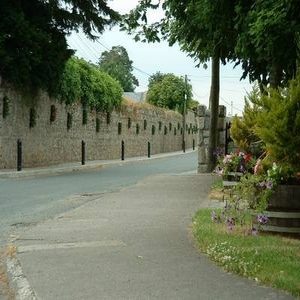October 1, 2020
Despite its unassuming nature today, Grange has witnessed international peace treaties, massacres, bitter family feuds and many other memorable episodes over the centuries. It also owes its existence to the man whose desire to reclaim power changed Irish history forever: Dermot McMurrough, deposed King of Leinster



